Gambia features national parks with wildlife, beaches along the Atlantic Ocean, busy traditional markets, and historical sites. The country hosts several nature reserves for bird and crocodile watching, colonial fortifications, megalithic circles, and museums documenting local history. The Gambia River flows through the territory and forms islands accessible to visitors.
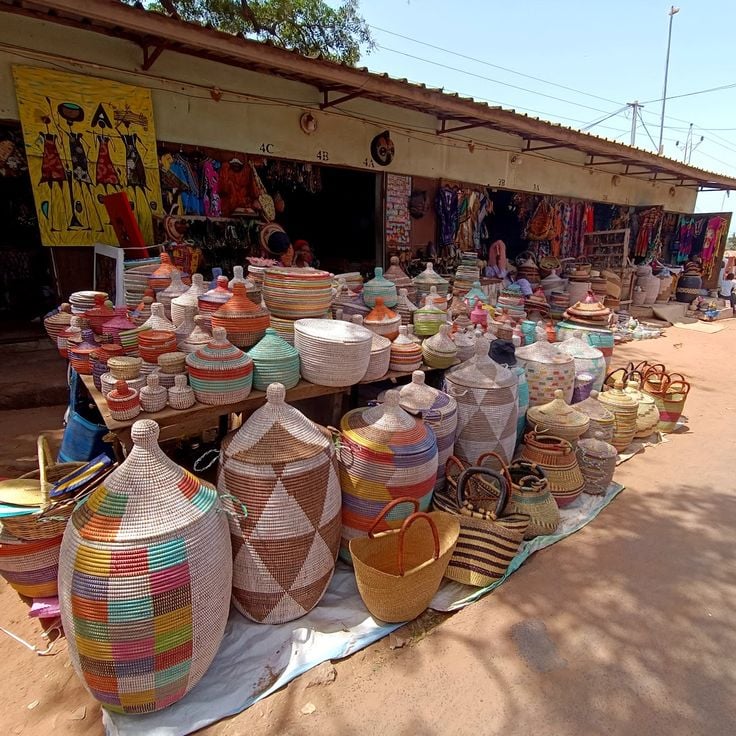
Bakau, Gambia
Fresh fish market where local fishermen unload and sell their daily catch directly to customers.
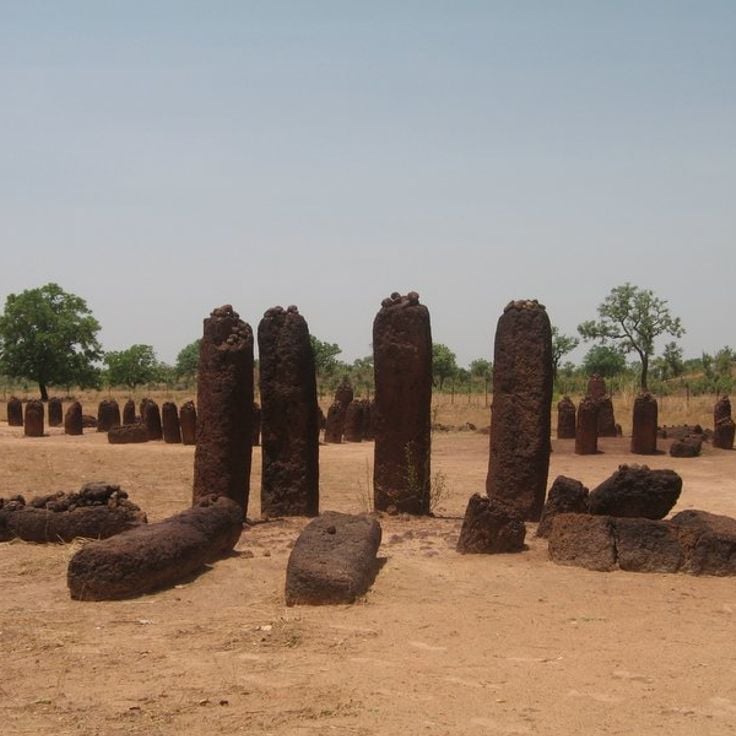
Gambia
A group of funerary monuments composed of vertical stones arranged in circles, dating from the third century BC to the sixteenth century AD.
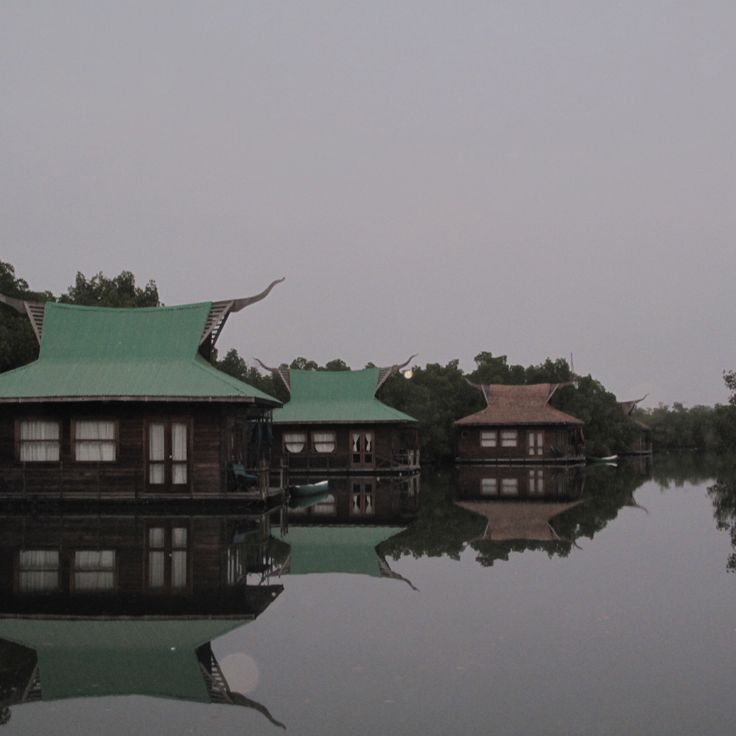
Gambia
A 1000-hectare forest area along the Mandina River, combining mangroves, savanna, and palm trees, where traditional activities are practiced.

Central Gambia
A 2500-hectare natural reserve around the Gambia River, home to hippos, colobus monkeys, baboons, and many bird species.
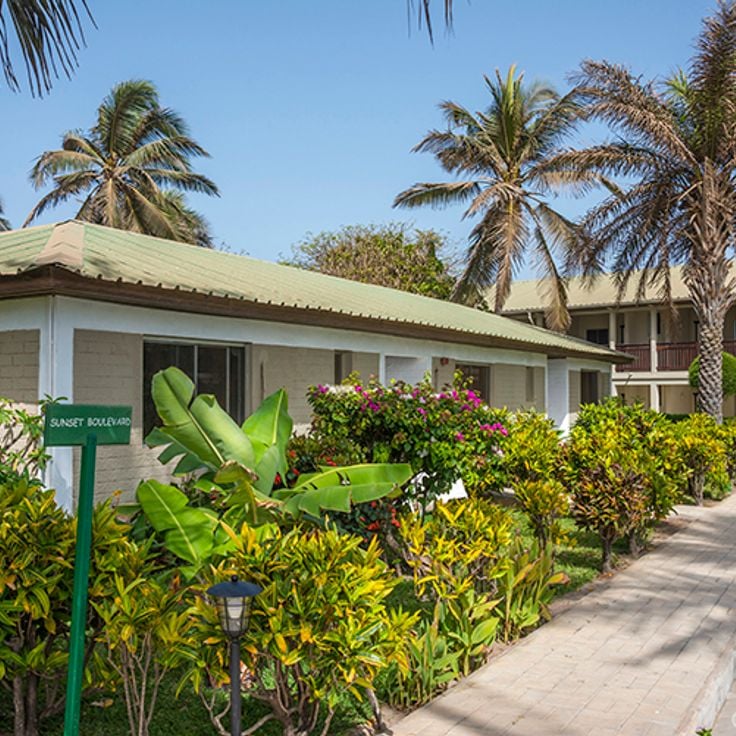
Kotu, Gambia
A sandy coastal stretch along the Atlantic Ocean with restaurants, shops, and areas for swimming and strolling.

Bakau, Gambia
A sacred pool for local populations where Nile crocodiles live semi-wild, with a small museum on Gambian culture.
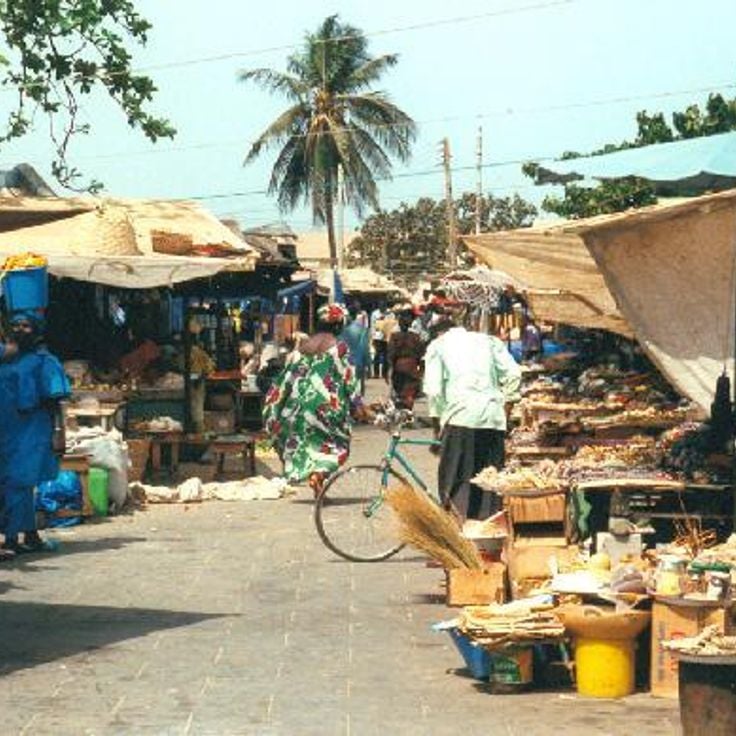
Banjul, Gambia
A covered market in central Banjul where vendors sell fresh produce, spices, fabrics, and local crafts.
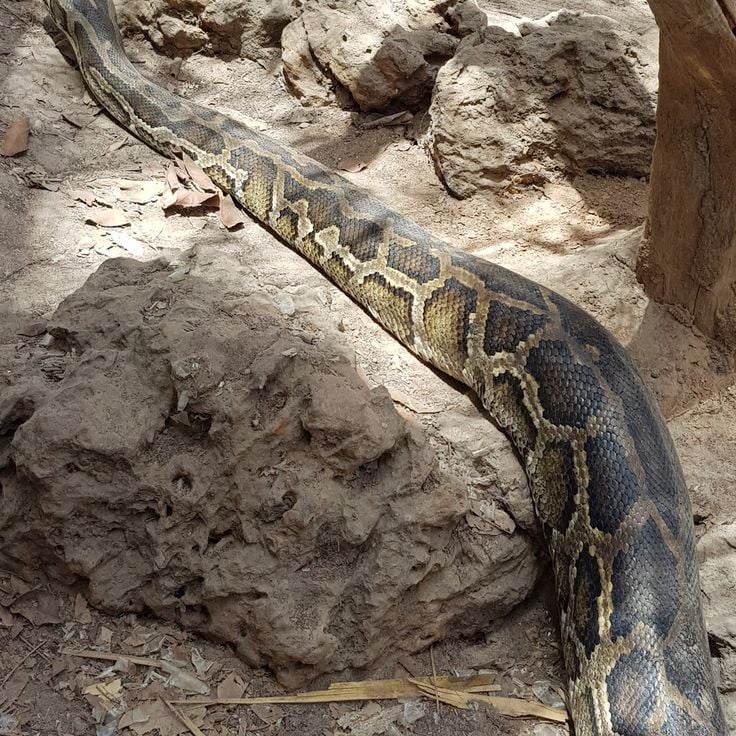
Gambia
A conservation center showcasing snakes, crocodiles, and other local reptiles in natural enclosures for research and education.
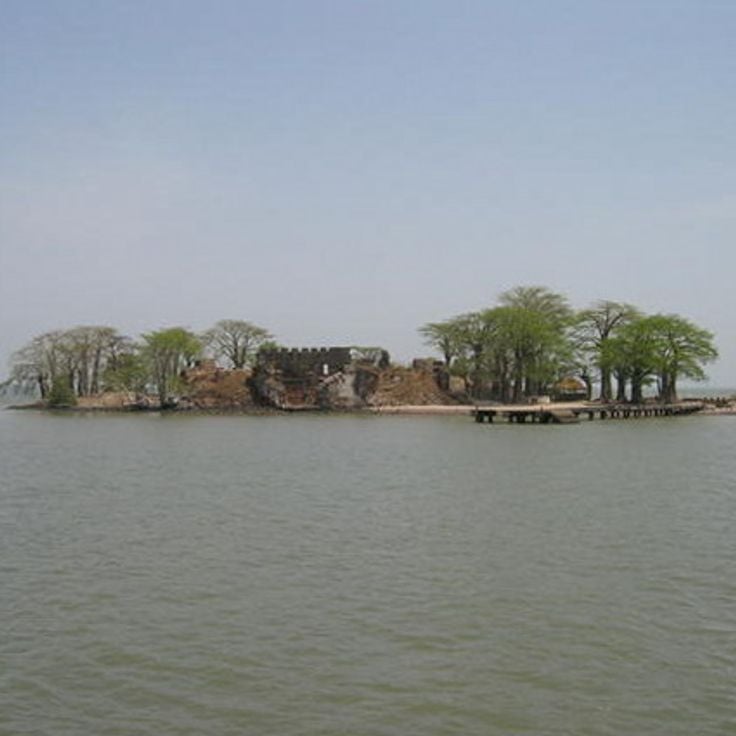
Gambia
A UNESCO World Heritage site, former colonial trading post on the Gambia River and memorial site of the slave trade.

Abuko, Gambia
A protected natural area of 107 hectares, home to species like monkeys, crocodiles, and numerous birds in their natural habitat.
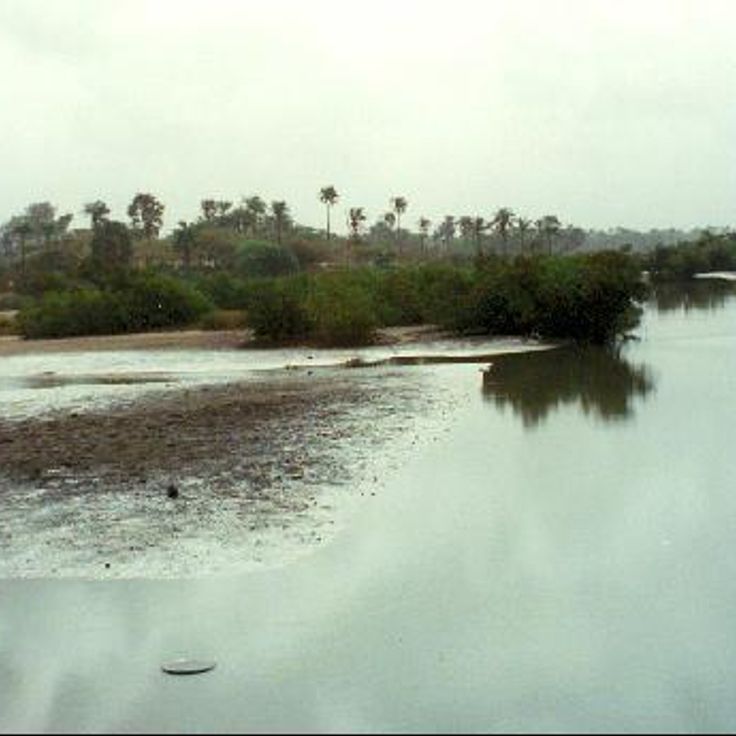
Kotu, Gambia
An observation point over a river where various waterbird species gather, including herons and kingfishers.
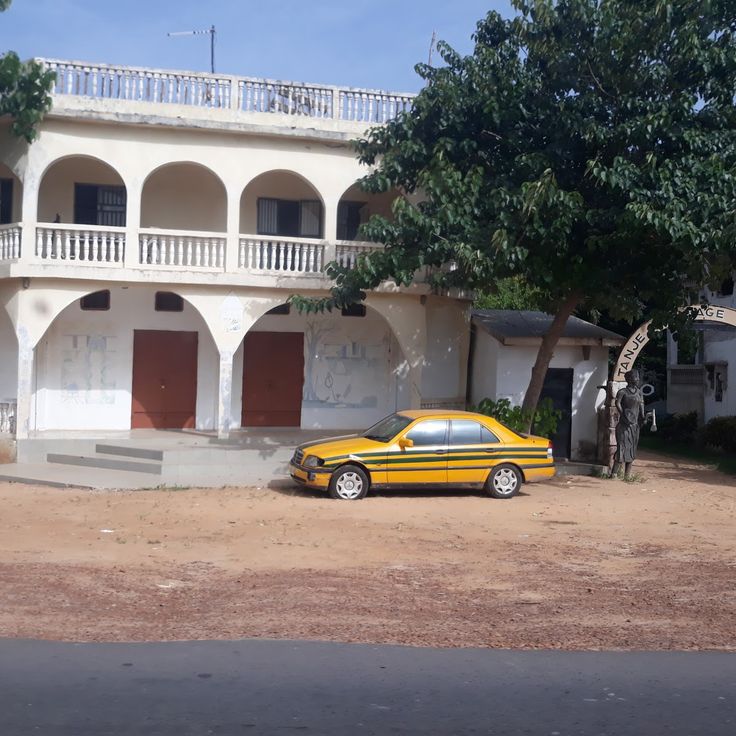
Tanje, Gambia
A cultural center featuring traditional objects, musical instruments, and exhibitions on the customs of the local Gambian populations.
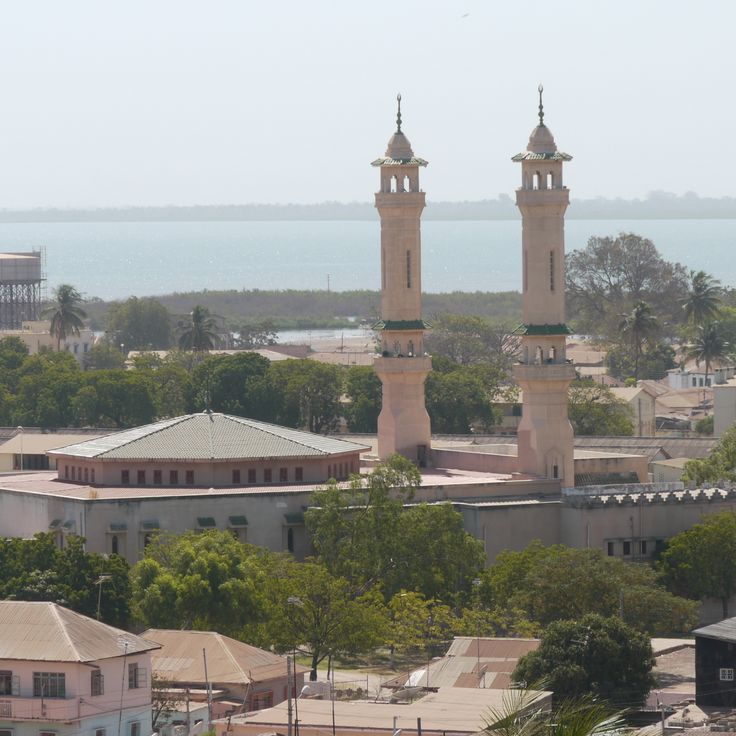
Banjul, Gambia
The main mosque in Banjul, built in 1988 with white minarets. The building can accommodate up to 6000 worshippers for prayers.
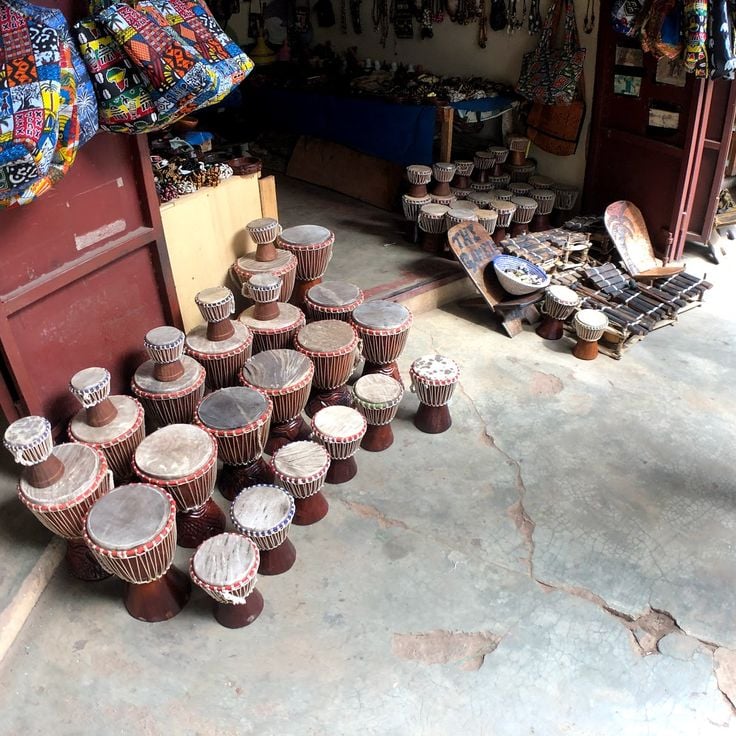
Brikama, Gambia
The largest craft market in Gambia where local artisans sell masks, wooden sculptures, fabrics, and traditional musical instruments.
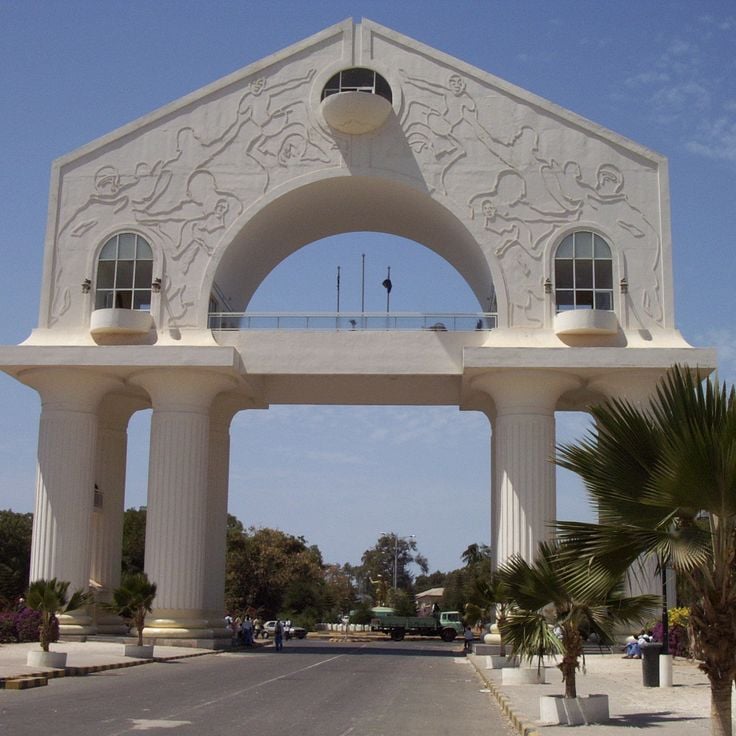
Banjul, Gambia
A 35-meter monument built in 1996 to mark the military coup of July 22, 1994. The building contains a textile museum.

Bakau, Gambia
A fort built in the 17th century on an island in the Gambia River, serving as a checkpoint for maritime trade and the transport of slaves.
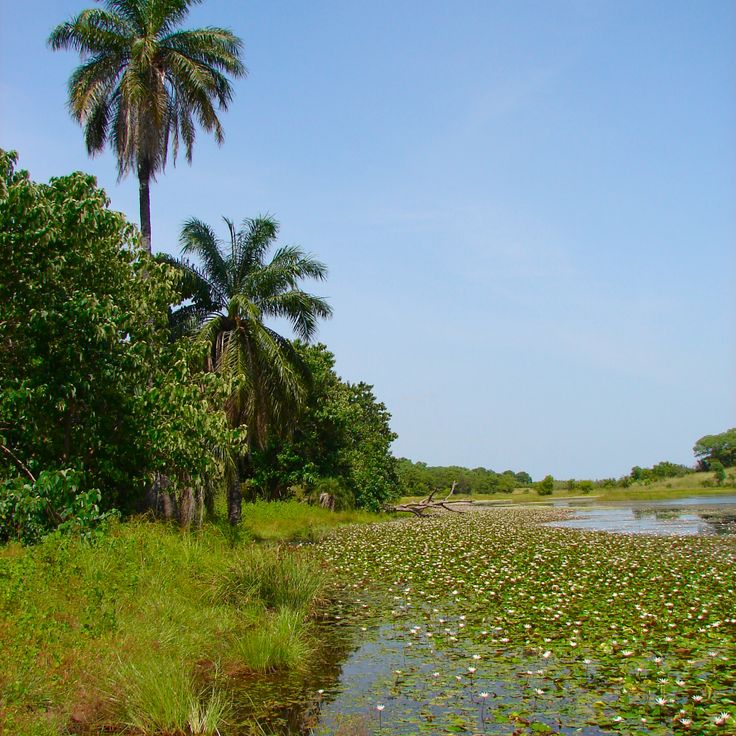
Gambia
A natural reserve of 11000 hectares containing mangroves, savannas, and forests. It is home to antelopes, hyenas, and over 300 bird species.

Gambia
A military fortification built in 1826 on the northern bank of the Gambia River to control maritime trade and prevent the transport of slaves.
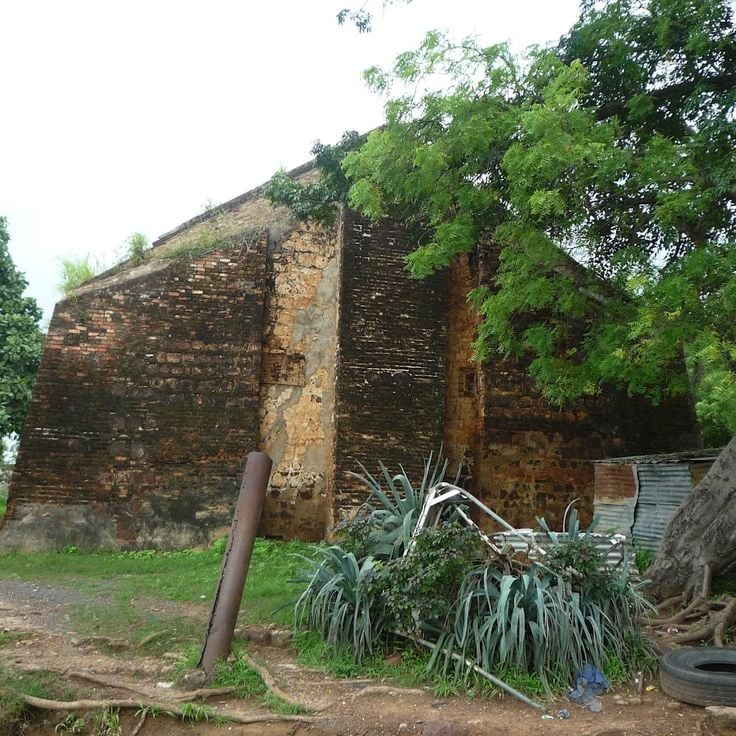
Central Gambia
A former colonial town located on an island in the Gambia River. It served as the administrative center for the 19th-century slave trade.
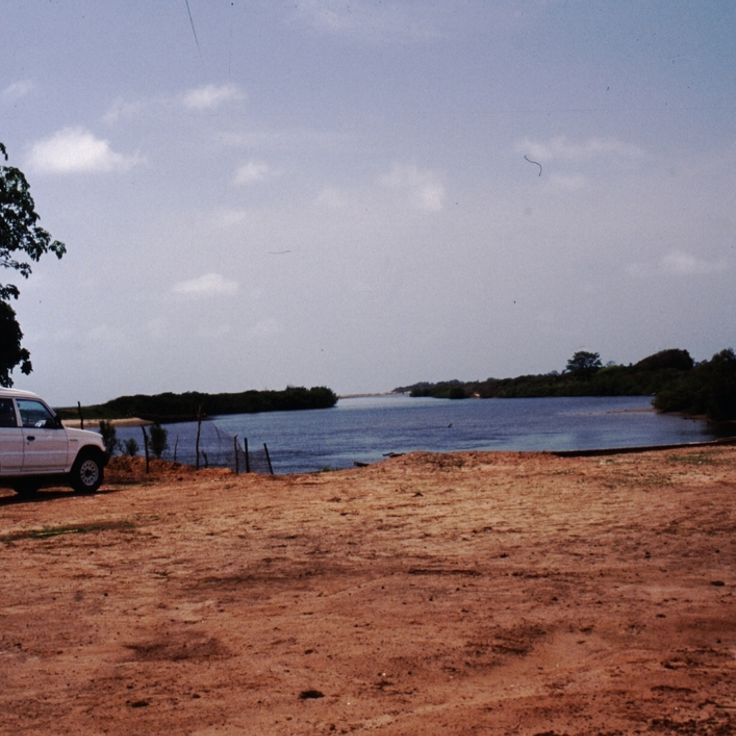
Tanji, Gambia
A 612-hectare protected natural area established in 1993 to preserve marine and coastal bird species. The site includes mangrove areas and beaches.
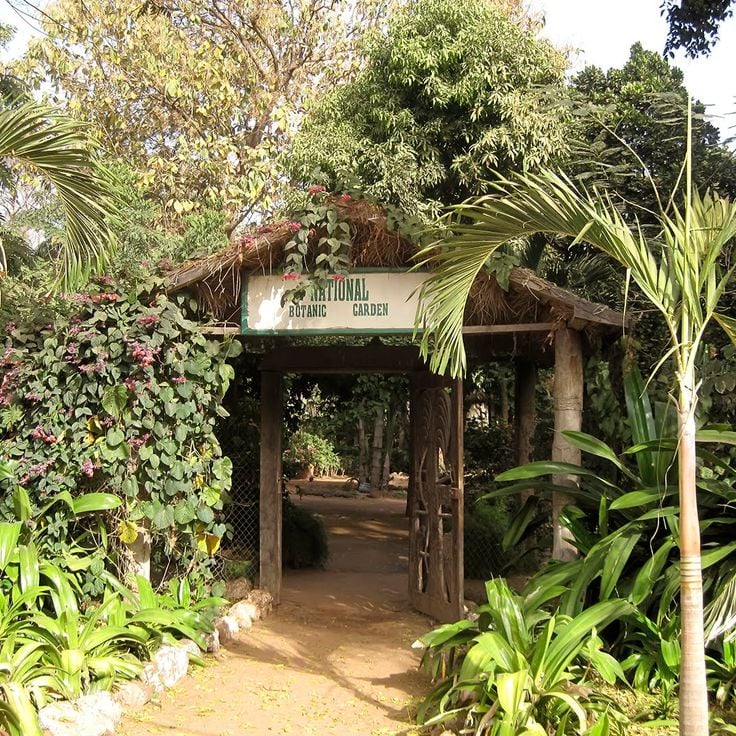
Bakau, Gambia
Gardens created in 1924 to study and conserve local plants. The site features collections of palms, ferns, and indigenous fruit trees.
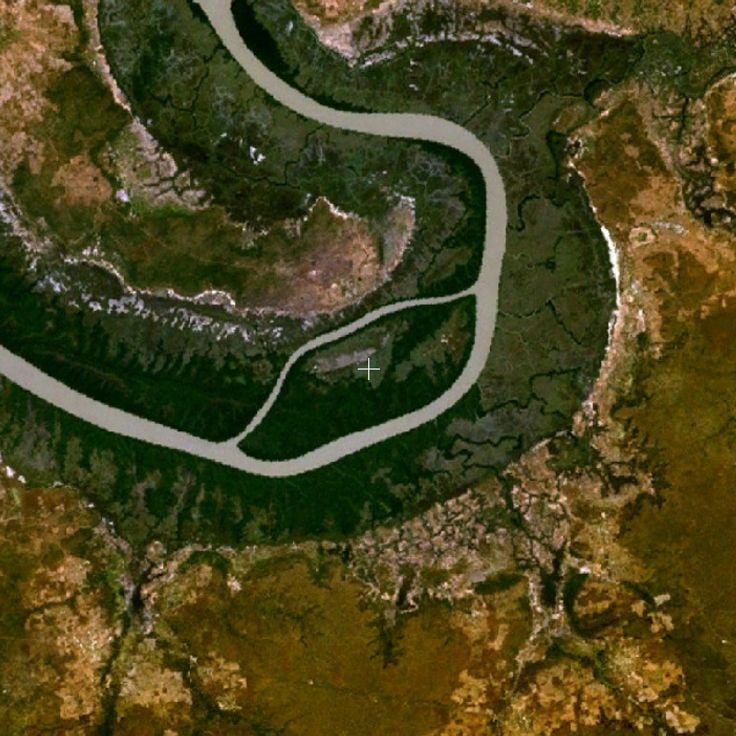
Gambia
A 13 km long island territory in the Gambia River, covered with forests and grasslands. The island is home to monkeys and birds.
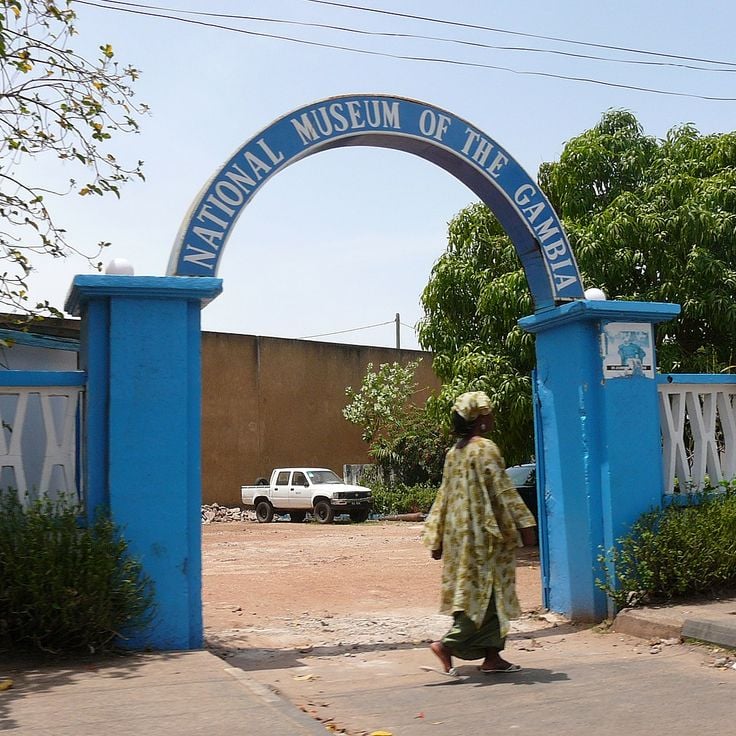
Banjul, Gambia
This museum presents collections of traditional objects, musical instruments, and documents on the development of Gambian society from its origins.

Bakau, Gambia
A wide strip of white sand along the Atlantic Ocean, bordered by coconut trees and restaurants. Fishermen land their catch there every morning.
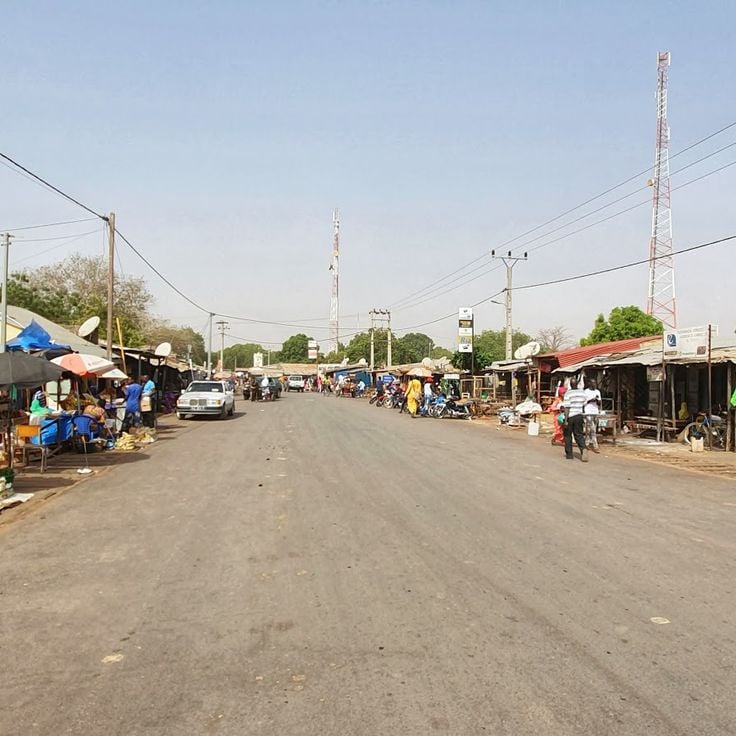
Farafenni, Gambia
A system of waterfalls formed by the Gambia River flowing over several rocky levels. The water cascades down a series of natural terraces.

Bakau, Gambia
Municipal football stadium with a capacity of 5000 spectators. It hosts local club matches and national games.

























